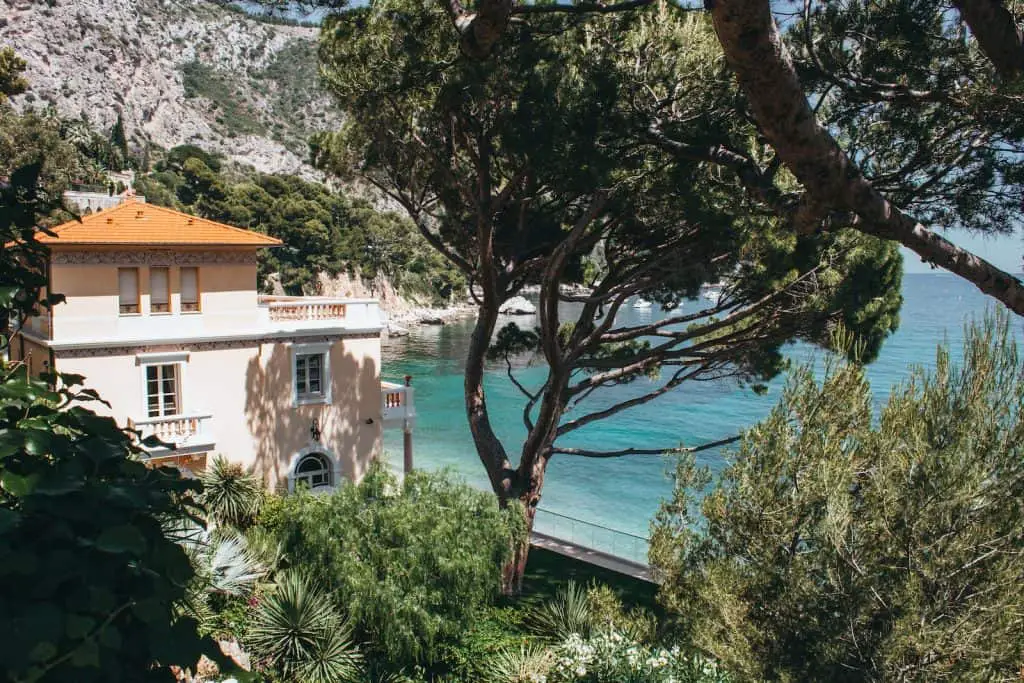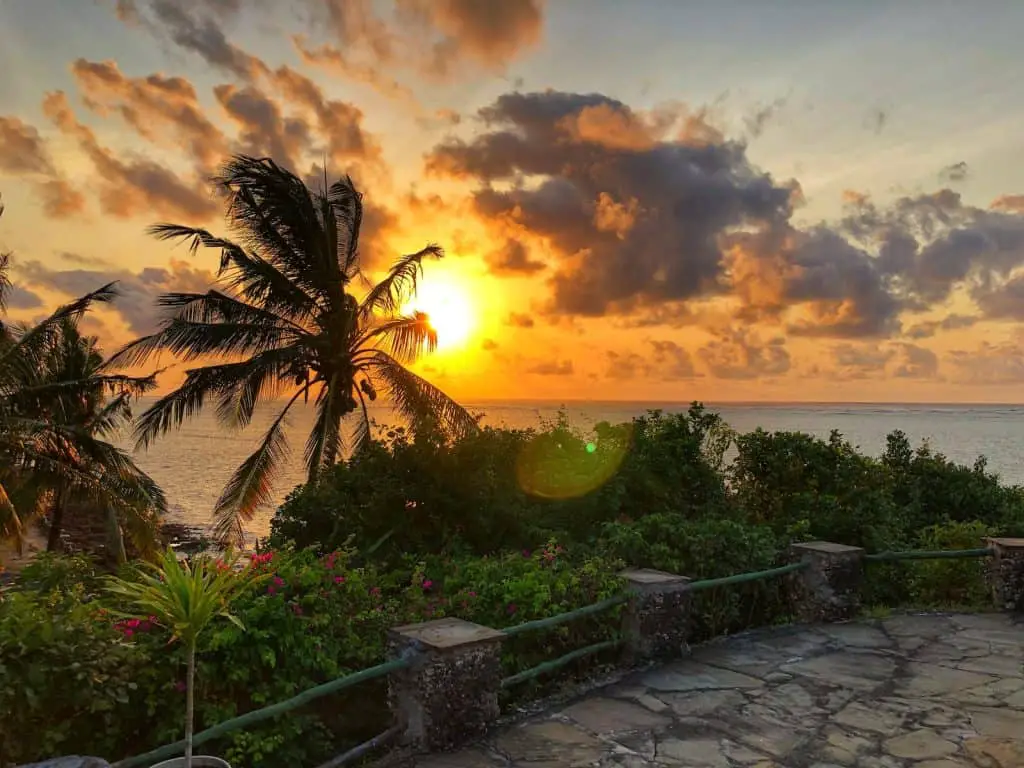Beach gardening is growing in popularity as more people are discovering the joy and beauty of coastal landscaping. A beach garden can be both functional and aesthetically pleasing, providing an oasis of natural beauty while helping to protect the coastal environment from erosion. In this blog post, we will explore various beach landscape ideas, suitable good beach garden plants, and tips on how to create a gorgeous seaside garden feel in your own backyard.
Benefits of beach gardening

Beach gardens have numerous benefits for both homeowners and the environment. The unique coastal landscape offers inspiration and relaxation, while also providing habitat for coastal wildlife. Good beach garden plants help to prevent erosion by stabilizing sands and encouraging bacterial growth, which in turn improves soil quality. Furthermore, gardening by the beach can be a therapeutic activity, offering a peaceful and restful outdoor space away from the hustle and bustle of daily life.
Types of beach gardens
There is a range of beach gardens to choose from, depending on your preferences, space, and desired level of maintenance. These include:
1. Coastal gardens for relaxation and aesthetics: These gardens focus on creating a serene atmosphere, utilizing palms trees, ornamental grasses, and coastal native plants.
2. Beach vegetable gardens: For those interested in cultivating edible produce, agricultural feeding troughs or raised beds can be used to grow vegetables by the beach.
3. Salt-tolerant plant gardens: These gardens focus on using plants that can withstand the harsh conditions of seaside environments, like salt spray and poor soil.
4. Dune restoration gardens: Aimed at protecting coastal landscapes, these gardens utilize native coastal plants to restore dunes and prevent erosion.
5. Coastal-themed, low-maintenance gardens: A beach-themed garden requiring minimal upkeep, incorporating nautical decor and utilizing easy-to-maintain plants like succulents and grasses.
Beach garden design considerations

When designing a beach garden, it is essential to take into account the challenges of a coastal environment. Some ideas and considerations for your beach landscape design include:
1. Creating windbreaks: Coastal gardens can benefit from windbreaks like trees and shrubs, or fences, which help protect more delicate plants from harsh winds.
2. Hardscaping: Incorporate hardscape elements like paths, patios, and walls made from weathered wood, stone, or concrete to create structure, help with drainage, and reduce maintenance.
3. Utilizing slopes: If your outdoor space has a natural slope, create terraced planting areas for better drainage and visual interest.
4. Embracing the natural landscape and views: Make the most of your surroundings by designing your garden to frame and complement views of the ocean.
5. Considering local restrictions and regulations: Before embarking on your beach landscaping project, ensure that it complies with local regulations and guidelines, particularly in terms of environmental protection.
Choosing plants for beach gardens
Selecting the right plants for your seaside garden is crucial to ensure they thrive and withstand the challenging conditions of a coastal environment. Some good beach garden plants to consider include:

1. Salt-tolerant plants: These plants can tolerate the salty air and soil, making them ideal for coastal gardens. Examples include lavender, wisteria, rosemary, and seathrift.
2. Drought-tolerant plants: Coastal plants often need to cope with dry conditions and poor soil. Succulents, sedums, and lavender are suitable options.
3. Coastal native plants: By choosing native plants, you’re supporting local wildlife and ecosystems while also ensuring that your garden can cope with its environment. Examples include sea oats, beach plums, and beach roses.
4. Wind-resistant plants: Plants that can withstand strong winds are essential in a beach landscape. Good options include yucca, Russian sage, and oleander.
5. Plants that attract pollinators and wildlife: Enhance your beach garden by adding plants that attract birds, bees, butterflies, and other wildlife, such as echinacea, aster, and liatris.
Soil and irrigation considerations for beach gardens
Along with plant selection, proper soil preparation and irrigation play a critical role in the success of your coastal garden. Some tips to consider include:
1. Identifying types of soil: Sandy soils can drain too quickly, while clay soils may cause waterlogging. Determine your soil type and take the necessary steps to improve it.
2. Improving soil drainage and composition: Amend the soil with organic matter to improve water retention and provide nutrients. This may be particularly essential in sandy coastal soils.
3. Choosing the right irrigation techniques: Drip irrigation can help conserve water while delivering it directly to the plant roots. Alternatively, using a soaker hose or watering early in the morning can help reduce water loss through evaporation.
Maintaining a beach garden
To ensure your beach garden remains healthy and looking its best, regular maintenance is essential. Some tips for maintaining a coastal garden include:
1. Adapting garden care to seasonality and weather conditions: Adjust your gardening activities to suit the seasons and fluctuating coastal conditions.
2. Pruning and trimming: Regularly prune and trim your plants to maintain their shape and promote healthy growth.
3. Addressing pests: Coastal pests like aphids and spider mites can damage your plants. Act promptly and utilize eco-friendly pest control methods wherever possible.
4. Protecting your garden from strong winds, storms, and high tides: Monitor the weather forecast and take necessary precautions to protect your garden from potential damage.
Successful examples of beach gardens
Drawing inspiration from successful beach gardens can help you envision what could be possible in your own coastal landscaping project. From small backyard ideas incorporating nautical decor and beach themes to large scale dune restoration projects, there is a wealth of inspiration to be found in the world of coastal gardens.
Final Thoughts
Beach gardening can be an incredibly rewarding and enjoyable activity, allowing you to create a unique and stunning coastal garden while also doing your part to protect and enhance the seashore environment. By considering the specific challenges of a beach landscape, choosing appropriate plants, and implementing thoughtful design ideas, you can create a thriving seaside garden that will bring joy for years to come.
Other suggested articles:

